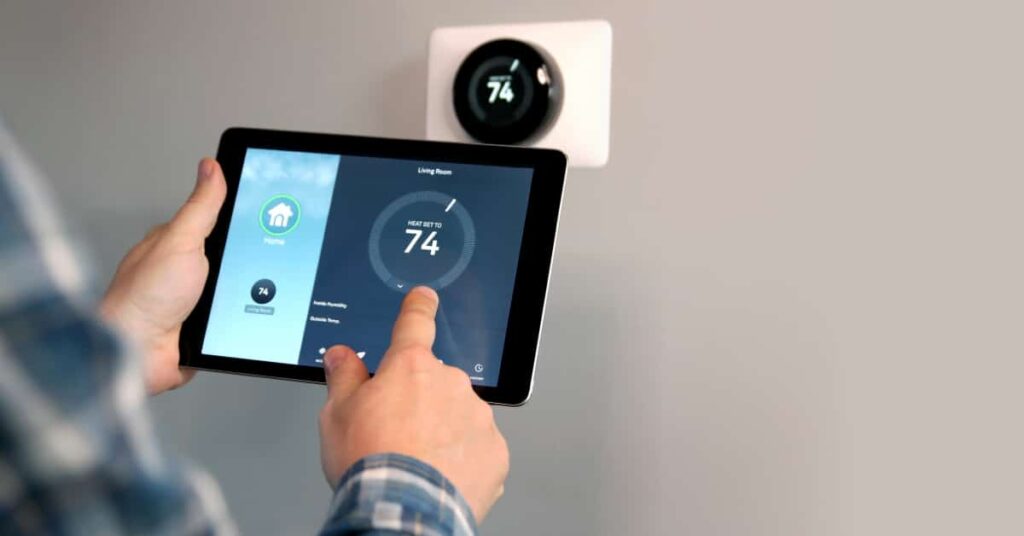The Rise of Self-Driving Cars

The Future of Driving: Changing How We Get Around
Self-driving cars, once only in movies, are now real and changing how we travel. These cars drive themselves using smart technology. They promise safer roads, less traffic, and easier travel for everyone. Cities are starting to use them, but some people feel both excited and worried about this new way of getting around.
What are Autonomous Vehicles and how do they work?
Simply put, autonomous vehicles, or AVs, are cars equipped with advanced sensors, cameras, and artificial intelligence systems that enable them to navigate and operate without human intervention. These vehicles utilize a combination of technologies such as lidar, radar, GPS, and sophisticated algorithms to perceive their surroundings, interpret road signs, and make real-time decisions to navigate safely from point A to point B. At the heart of an autonomous vehicle lies a complex network of sensors that constantly scan the environment, detecting obstacles, pedestrians, and other vehicles. These data are then processed by powerful onboard computers, which analyze the information and generate commands to control steering, acceleration, and braking. This intricate design of sensors and algorithms allows AVs to navigate roads, negotiate traffic, and adapt to changing conditions with remarkable precision.
The Rise of Robotaxis
The rise of “robotaxis,” which are autonomous vehicles functioning as taxis, marks a significant advancement in transportation. Companies like Waymo and Uber are leading this innovation, allowing users to request a self-driving car using smartphone apps. Robotaxis offer the promise of reducing traffic, cutting transportation expenses, and improving accessibility. As these services expand, they suggest a future where owning a car may no longer be necessary, replaced instead by convenient on-demand autonomous transportation options.
HOWEVER there are some moral considerations…
As self-driving cars become more prevalent, ethical and moral questions come to the forefront. One of the biggest dilemmas is determining who is responsible in the event of an accident involving autonomous vehicles. Should the car prioritize the safety of its passengers, pedestrians, or both? Additionally, there are concerns about the impact of self-driving cars on employment, particularly for those who make a living as drivers. Questions also arise about data privacy and security, as these cars collect vast amounts of information about their surroundings and passengers. These ethical considerations underscore the need for clear regulations and guidelines to ensure that self-driving cars are deployed in a way that prioritizes safety, fairness, and respect for individual rights.
In conclusion, the progression of self-driving cars, alongside the emergence of robotaxis, signifies a transformative shift in urban transportation. While challenges persist, such as navigating ethical dilemmas and ensuring safety, these advancements hold great promise for improving mobility and reducing the environmental impact of traditional vehicles. As research and development continue, it is essential to prioritize safety, accessibility, and fairness to realize the full potential of autonomous transportation in shaping the cities of tomorrow.







